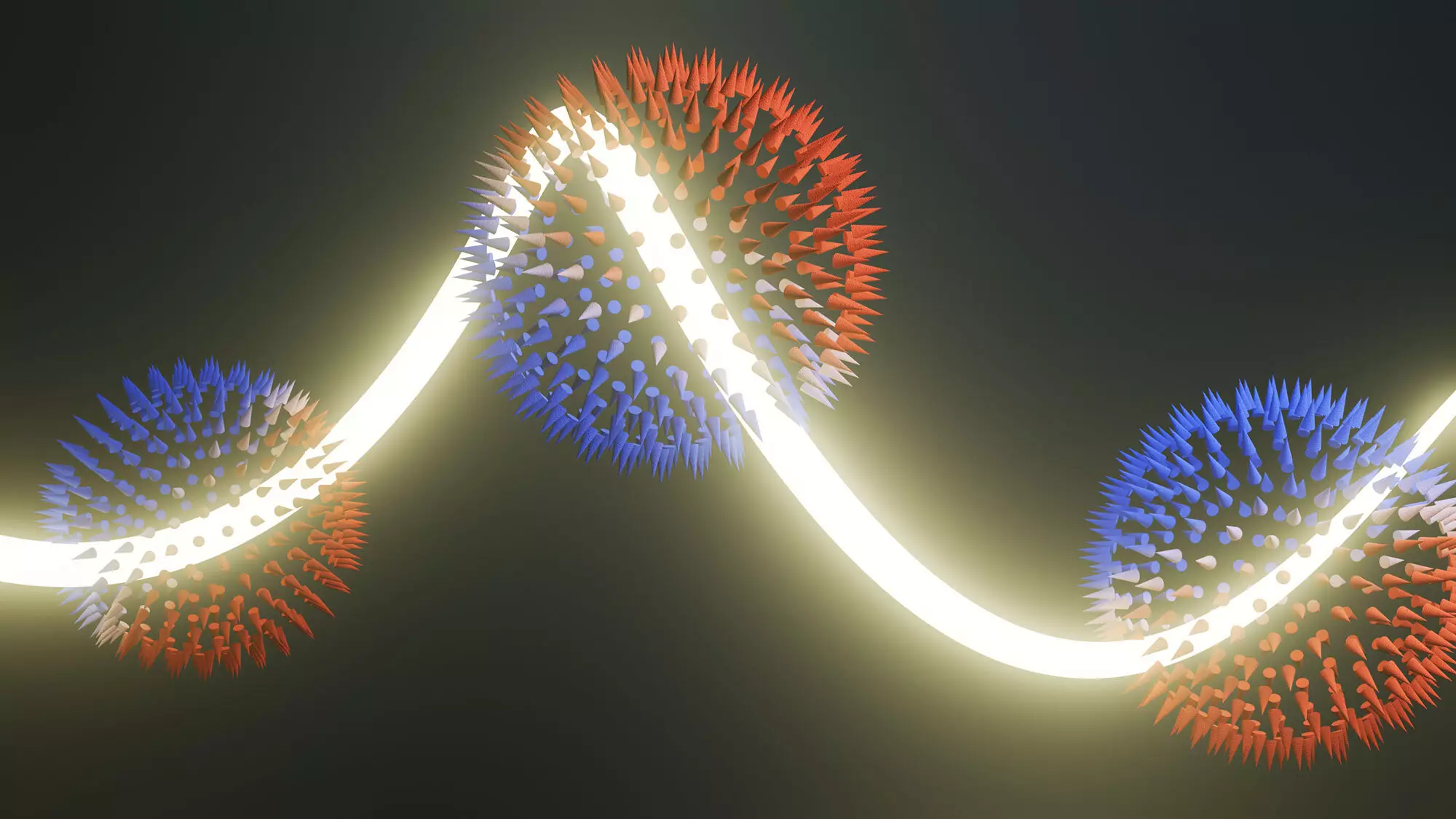As technological advancements grapple with the ever-increasing demand for energy efficiency and reduced environmental impact, the search for alternative methods to process and transmit information has led researchers to explore innovative concepts beyond traditional electronics. Among these groundbreaking avenues is the emerging field of orbitronics, which taps into the untapped potential of orbital angular momentum (OAM) conveyed by electrons. This article delves into the recent discovery of OAM monopoles and their implications for the future of energy-efficient electronic devices.
Most conventional electronics rely on the charge of electrons to facilitate information transfer, a method that has reached its limits in terms of efficiency and sustainability. Recently, research has pivoted towards spintronics, where the intrinsic spin of the electron is harnessed for computational purposes. Despite spintronics making strides in the realm of electronics, orbitronics emerges as a promising contender, positing that the orbital motion of electrons around their nucleus can also serve as a medium for data processing and transmission.
In orbitronics, the focus shifts from merely utilizing charges and spins to leveraging the helical patterns of electrons in their atomic paths. This transition opens doors to new technological possibilities, especially in creating devices that exhibit significantly lower energy consumption. Theoretically, the use of OAM in information transfer could result in data processing systems that are not just efficient but also highly versatile.
The recent findings documented in the journal Nature Physics highlight the experimental demonstration of OAM monopoles within chiral topological semi-metals. These unique materials, recognized for their intricate atomic structures, exhibit a peculiar property: they can spontaneously create OAM textures without the need for external stimuli. This self-generating capability positions them as prime candidates for practical applications in orbitronics—offering a distinct advantage over traditional materials commonly employed in electronics.
One of the most significant outcomes of this discovery is the realization that a high degree of magnetization can be achieved with minimal electrical input. This characteristic not only fosters the development of memory devices with increased efficiency but also aligns well with global sustainability objectives by minimizing energy input and waste associated with electronic systems.
An international conglomerate of researchers, spearheaded by scientists from the Paul Scherrer Institute and Max Planck Institutes, has turned its focus towards identifying and validating materials conducive to the generation of OAM currents. Their work centered around new materials classified as chiral topological semi-metals, which exhibit helical atomic structures akin to DNA. This property, or ‘handedness,’ naturally favors the development of OAM textures essential for the advancement of orbitronics.
The research team meticulously delved into the complexities of these materials, where prior conventional methods had yielded limited success. Their efforts resulted in identifying that OAM monopoles—key to reaping the benefits of OAM in orbitronics—could exist in these chiral materials.
However, the transition from theoretical predictions to empirical observations presented numerous challenges. A notable breakthrough emerged through the utilization of Circular Dichroism in Angle-Resolved Photoemission Spectroscopy (CD-ARPES) coupled with circularly polarized X-rays. Although data had been collected previously, extracting concrete evidence for OAM monopoles had proven to be problematic, swathed in noise and complexities within the data.
Through rigorous experimentation and innovative thinking, the team adjusted photon energies, honing in on the multifaceted interplay of factors governing the observed CD-ARPES signals. This pivotal approach enabled the identification of OAM textures that were previously obscured, fundamentally bridging the stalwart gap between theoretical anticipation and practical validation.
The implications of this groundbreaking research extend beyond mere observation; they hold vast potential for practical applications in orbitronics, particularly in energy-efficient information processing. The study not only confirms the existence of OAM monopoles but also demonstrates the ability to manipulate their polarity by utilizing mirror-image chiral crystals. This manipulation could pave the way for the design of next-generation electronic devices capable of processing information with unparalleled efficiency and directionality.
Moving forward, the research community is now empowered to further explore the diverse landscape of OAM textures across various materials, optimizing their applications in novel areas of technology. As the quest for sustainable alternatives continues, orbitronics stands at the forefront—heralding a new era where the principles of physics intersect with practical solutions to global challenges.
The discovery of orbital angular momentum monopoles represents a significant milestone in the pursuit of groundbreaking technologies. With the potential to revolutionize energy efficiency in electronics, orbitronics not only addresses contemporary challenges but also establishes a path for future advancements. As research delves deeper into the intricacies of OAMs, the world could witness a transformative shift towards sustainable electronics—an exciting endeavor that empowers both innovation and environmental stewardship.

